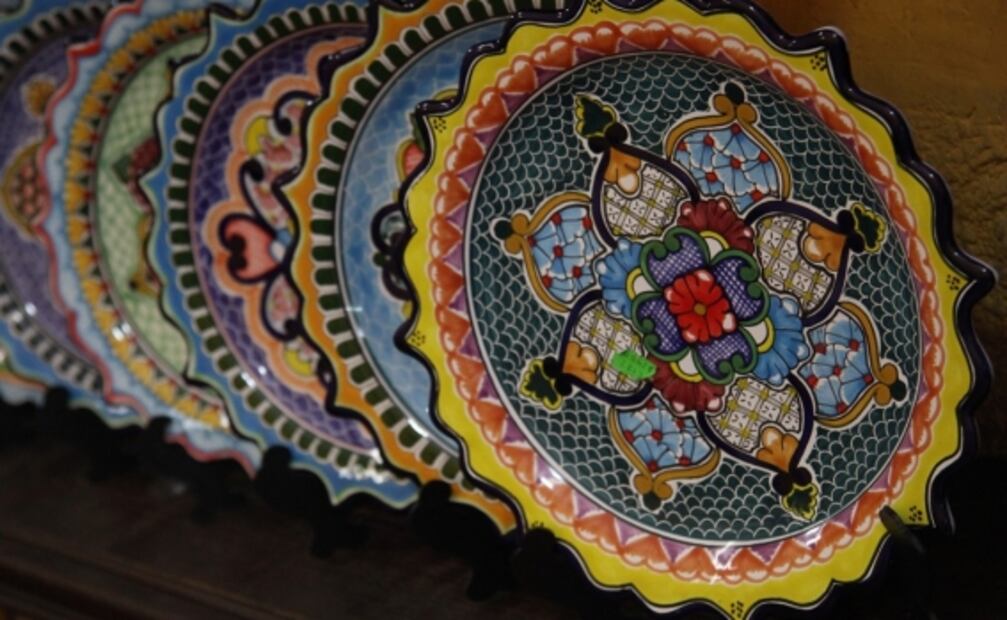Más Información
In 2019, UNESCO inscribed talavera , a type of ornate pottery to the list of Intangible Cultural Heritage of Humanity .
This type of pottery was introduced to Mexico by the Spanish colonizers , who learned from the Arabs in the 14th century. However, Arabs started making ceramics in Iran , Irak , and Syria in the 9th century .


In its website, the UNESCO explains that the process to make artisanal talavera in the states of Puebla and Tlaxcala still resemble the 16th-century process , despite new technology , as Mexican artisans prepare the clay, make the earthenware using a potter’s wheel or cast, decorate the pieces by hand, prepare the pigments , and glaze and tend the kiln. Moreover, the artisans transmit their knowledge from one generation to the next:
“Some ceramists carry out the whole process, while others specialize in specific tasks. Related knowledge – including raw material extraction, material processing, decoration , and firing techniques – is mostly borne by master earthenware artisans and ceramists , who have developed their skills over time and transmit them to the next generations through oral transmission in their artisanal workshops or in the family setting.”

Furthermore, talavera pottery has become part of Mexico’s identity and an important source of income for families in Puebla and Tlaxcala .
gm






